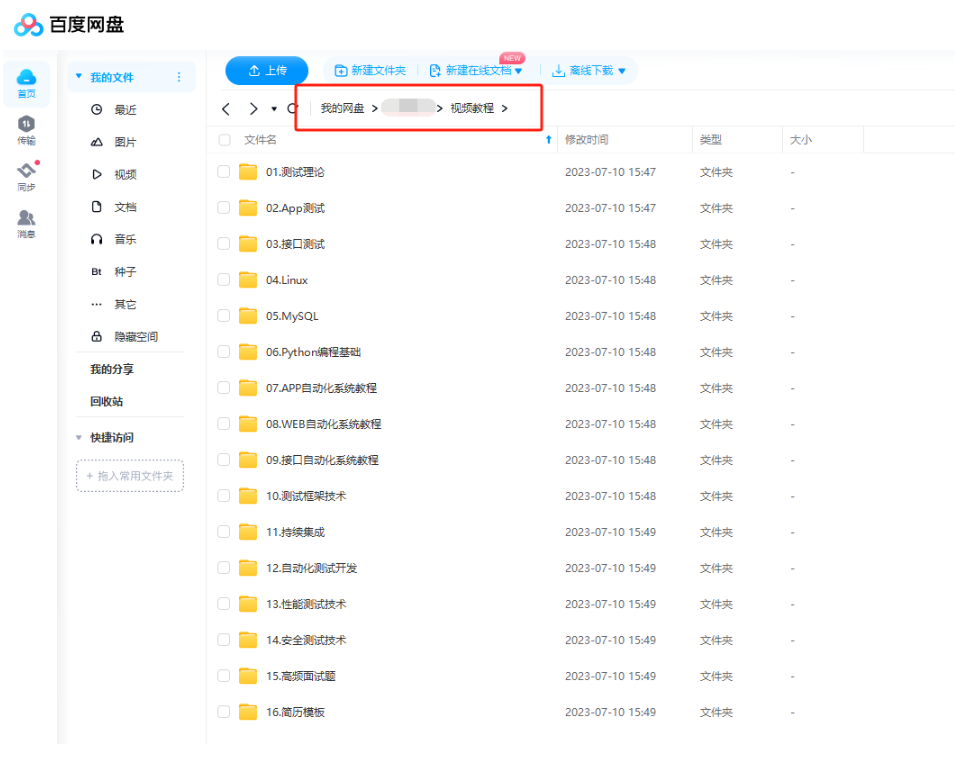简单php企业网站源码html在wordpress中的作用
🔥 交流讨论:欢迎加入我们一起学习!
🔥 资源分享:耗时200+小时精选的「软件测试」资料包
🔥 教程推荐:火遍全网的《软件测试》教程
📢欢迎点赞 👍 收藏 ⭐留言 📝 如有错误敬请指正!
各位小伙伴们,大家好,今天给大家带来的是关于自动化测试常见的三大问题及解决方案,希望给遇到这三大问题的你一些帮助
一,就是我们定位元素的时候,定位不到或有时定位得到,有时定位不到。

特别是喜欢复制粘贴xpath路径的小伙伴们来说老是出现这个问题。我们来分析一下为什么会出现这种情况,然后我们就知道怎么解决这个问题了。
会出现这个定位不到元素的情况,因素有很多个,需要我们一一排查。有服务器的问题,有动态id问题,有元素属性问题,有iframe问题,有页面操作逻辑问题,当然也有你自己写错问题。
服务器问题最有可能出现有时能定位,有时定位不到的问题,你定位到了是因为服务器已经把元素返回到客户端了,你就定位到了。你定位不到,是因为你运行你的自动化测试脚本的时候,服务器还没有把你需要定位的元素返回到客户端,所以你定位不到,这种情况我们可以采取多等待元素出现的时间或判断元素是否出现再去定位。
如果你是通过id去定位的,那么要关注一下这个id是否是动态的,如果是,那么就换别的定位方法去定位,最快解决这个问题。
还有一种情况,这个元素在你定位的时候是隐藏的,这样你也定位不到。Iframe的问题是你没有切换进入iframe中,这种情况比较容易发现。
页面操作逻辑问题也会让你定位不到元素,也就是说必须要先出现其他元素或你要先操作一些步骤,你需要定位的元素才能出现,还有一种情况,你直接复制xpath,得到的是绝对路径,然后运行的过程中这个路径无效了,你也定位不到元素。
二、兼容性问题

你编写的自动化测试脚本用在用火狐浏览器打开的网站进行测试没有问题,但遇到用谷歌浏览器打开的网站进行测试就出现了问题。
这种情况就是你的自动化测试脚本中没有深层次的区分判断浏览器的品种问题,这个需要你仔细分析2种浏览器带来的不同地方,然后针对性的修改你的自动化测试脚本,在脚本中多写预判,多写容错机制。
三、封装定位函数的时候,定位不了元素了,单独拿出来可以定位,一封装到函数中,就定位不了。

这种情况大部分是参数输入到函数中被改变了,参数来一段字符串,然后进入到函数内,发现这个字符串变了,特别是直接把定位元素某个值,直接传入到参数中,特别容易出问题。建议定义变量储存这个字符串,然后通过变量传递到函数内,然后在函数内再次验证这个字符串,如果ok再进行元素定位,如果不ok,就要想办法处理字符串,处理成你想要的结果。
总结:
做软件测试需要细心,耐心的性格,编码也是需要,我们软件测试人员想要做好自动化测试还是需要不断的专研编程语言,了解语言特性,这样才能在出现问题的时候有方向有思路去解决,多看看开发们写的代码对我们自动化软件测试工程师是有非常大的帮助。
最后我邀请你进入我们的【软件测试学习交流群:785128166】, 大家可以一起探讨交流软件测试,共同学习软件测试技术、面试等软件测试方方面面,还会有免费直播课,收获更多测试技巧,我们一起进阶Python自动化测试/测试开发,走向高薪之路
作为一个软件测试的过来人,我想尽自己最大的努力,帮助每一个伙伴都能顺利找到工作。所以我整理了下面这份资源,现在免费分享给大家,有需要的小伙伴可以关注【公众号:程序员二黑】自提!


